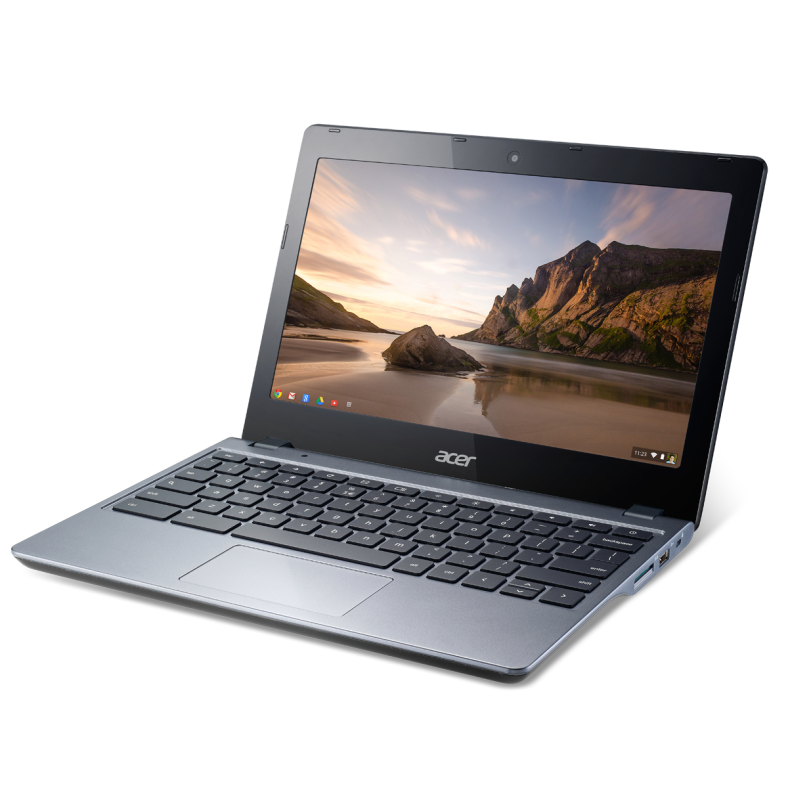
Bug enables malicious sites to grab cookies, passwords from other sites.
A bug quietly reported on September 1 appears to have grave implications for Android users. Android Browser, the open source, WebKit-based browser that used to be part of the Android Open Source Platform (AOSP), has a flaw that enables malicious sites to inject JavaScript into other sites. Those malicious JavaScripts can in turn read cookies and password fields, submit forms, grab keyboard input, or do practically anything else.
Browsers are generally designed to prevent a script from one site from being able to access content from another site. They do this by enforcing what is called the Same Origin Policy (SOP): scripts can only read or modify resources (such as the elements of a webpage) that come from the same origin as the script, where the origin is determined by the combination of scheme (which is to say, protocol, typically HTTP or HTTPS), domain, and port number.
The SOP should then prevent a script loaded from http://malware.bad/ from being able to access content at https://paypal.com/.
The Android Browser bug breaks the browser’s handling of the SOP. As Rafay Baloch, the researcher who discovered the problem found, JavaScript constructed in a particular way could ignore the SOP and freely meddle with other sites’ content without restriction.
This means that potentially any site visited in the browser could be stealing sensitive data. It’s a bug that needs fixing, and fast.
As part of its attempts to gain more control over Android, Google has discontinued the AOSP Browser. Android Browser used to be the default browser on Google, but this changed in Android 4.2, when Google switched to Chrome. The core parts of Android Browser were still used to power embedded Web view controls within applications, but even this changed in Android 4.4, when it switched to a Chromium-based browser engine.
But just as Microsoft’s end-of-life for Windows XP didn’t make that operating system magically disappear from the Web, Google’s discontinuation of the open source Browser app hasn’t made it disappear from the Web either. As our monthly look at Web browser usage shows, Android Browser has a little more real-world usage than Chrome for Android, with something like 40-50 percent of Android users using the flawed browser.
The Android Browser is likely to be embedded in third-party products, too, and some Android users have even installed it on their Android 4.4 phones because for one reason or another they prefer it to Chrome.
Google’s own numbers paint an even worse picture. According to the online advertising giant, only 24.5 percent of Android users are using version 4.4. The majority of Android users are using versions that include the broken component, and many of these users are using 4.1.x or below, so they’re not even using versions of Android that use Chrome as the default browser.
Baloch initially reported the bug to Google, but the company told him that it couldn’t reproduce the problem and closed his report. Since he wrote his blog post, a Metasploit module has been developed to enable the popular security testing framework to detect the problem, and Metasploit developers have branded the problem a “privacy disaster.” Baloch says that Google has subsequently changed its response, agreeing that it can reproduce the problem and saying that it is working on a suitable fix.
Just how this fix will be made useful is unclear. While Chrome is updated through the Play Store, the AOSP Browser is generally updated only through operating system updates. Timely availability of Android updates remains a sticking point for the operating system, so even if Google develops a fix, it may well be unavailable to those who actually need it.
Users of Android 4.0 and up can avoid much of the exposure by switching to Chrome, Firefox, or Opera, none of which should use the broken code. Other third-party browsers for Android may embed the broken AOSP code, and unfortunately for end users, there’s no good way to know if this is the case or not.
Update: Google has offered the following statement:
We have reviewed this report and Android users running Chrome as their browser, or those who are on Android 4.4+ are not affected. For earlier versions of Android, we have already released patches (1, 2) to AOSP.
Source: Ars Technica







